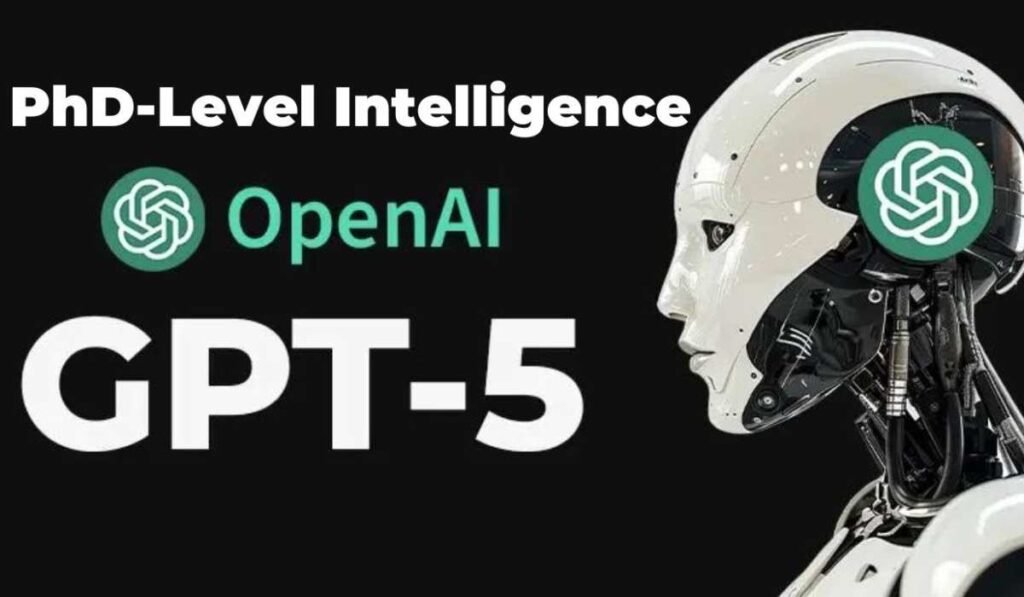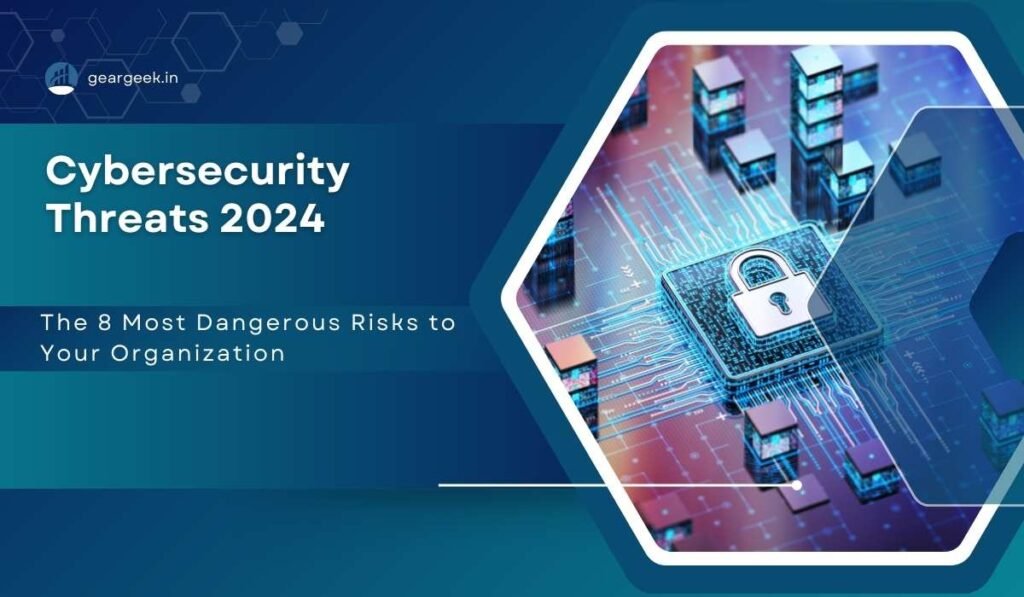Artificial Intelligence (AI) is rapidly evolving, promising a future brimming with technological marvels. Yet, this dazzling potential casts a long shadow – the looming threat to AI security. Optech experts and industry leaders are sounding the alarm: our ability to secure AI is lagging dangerously behind its development. This begs the critical question: are we on the brink of an AI-powered future, or are we sleepwalking into a dystopia of our own making?
This article delves into the heart of the AI security dilemma, exploring the concerns voiced by industry leaders and uncovering the critical strategies being deployed to mitigate the risks. We’ll examine the growing reliance on edge computing as a potential safeguard and discuss whether these measures will be enough to secure the future of AI.
The Widening Gap: When AI Outpaces Security
A recent global survey by PSA Certified, involving 1,260 technology decision-makers, paints a stark picture: a staggering 68% are deeply concerned that AI advancements are outstripping our ability to secure them. This fear is not unfounded. The complexities of AI, particularly in machine learning and neural networks, make it incredibly challenging to predict and prevent vulnerabilities.
Here’s a closer look at the specific security challenges posed by the rapid evolution of AI:
- Complexity and Unpredictability: AI systems, especially those using machine learning, can exhibit behaviors that are difficult to predict, making it challenging to identify and address potential security flaws.
- Evolving Threats: As AI technologies advance, so do the tactics of cybercriminals. New attack vectors emerge constantly, demanding continuous adaptation of security strategies.
- Integration Challenges: Integrating AI into existing systems can create new vulnerabilities, especially when combined with legacy infrastructures not designed for such advanced technologies.
- Data Security and Privacy: AI systems thrive on data. Protecting the privacy and security of this data, particularly sensitive personal information, becomes a paramount concern.
- Compliance Pressures: Adhering to evolving regulatory frameworks for AI and data privacy adds another layer of complexity to the security challenge.
Edge Computing: A Bastion of Security in the AI Age?
In response to these escalating concerns, there’s a significant shift towards edge computing. The PSA Certified survey revealed that 85% of respondents believe security fears will drive more AI applications to the edge.
But why edge computing? Here’s how it aims to bolster AI security:
- Enhanced Security and Reduced Data Transmission: Processing data locally on edge devices minimizes the risk of breaches during transmission to centralized servers.
- Real-Time Response: Edge computing allows for real-time data processing, enabling faster detection of and response to security threats.
- Enhanced Control: Localized processing gives organizations greater control over data and system security, allowing for the implementation of tailored security protocols.
- Increased Resilience: Edge computing’s distributed nature means that even if one node is compromised, others can continue functioning, ensuring greater resilience against attacks.
However, edge computing is not a silver bullet. It introduces its own set of challenges:
- Management Complexity: Managing and securing a multitude of edge devices can be resource-intensive and complex.
- Standardization Issues: The lack of standardized security measures in edge computing can create vulnerabilities if not addressed proactively.
- Integration Needs: Effective integration of edge devices with centralized systems is crucial for maintaining seamless communication and robust security.
Bridging the Gap: From Awareness to Action
While awareness of AI security risks is growing, there’s a significant gap between recognizing the problem and taking concrete action. The PSA Certified survey revealed that only 50% of technology leaders believe their current security investments are sufficient.
This disconnect stems from several factors:
- Prioritizing Speed Over Security: In the race to market, security often takes a backseat, leading to shortcuts and neglected best practices.
- Complexity of Integration: Integrating AI into legacy systems can be incredibly complex, often requiring a complete security overhaul.
- Cultural Mindset: Security is often viewed as a compliance checkbox rather than a fundamental aspect of technological development.
To bridge this gap, a multi-pronged approach is crucial:
- Prioritize Security by Design: Embed security considerations throughout the entire AI lifecycle, from development and deployment to ongoing management.
- Invest in Expertise: Building internal expertise is essential for managing the complexities of AI security. Ongoing training and education are vital in this rapidly evolving field.
- Embrace a Proactive Approach: Shifting from a reactive to a proactive security posture will enable organizations to anticipate and mitigate threats before they materialize.
The Future of AI: A Shared Responsibility
The responsibility to secure AI’s future doesn’t fall solely on the shoulders of developers and technology providers. It requires a collaborative effort:
- Industry Collaboration: Sharing best practices and collaborating on security standards will be crucial for staying ahead of evolving threats.
- Government Regulation: Establishing clear regulatory frameworks and guidelines will provide much-needed structure and help ensure responsible AI development.
- Consumer Awareness: Educating users about the potential risks and best practices for secure AI usage is crucial.
The path forward is clear. While AI offers incredible promise, it’s imperative that we proceed with caution, prioritizing security at every step. The alternative – an unsecured AI-powered future – is a risk we cannot afford to take.
The main concern is that advancements in AI are outpacing our ability to secure them, creating vulnerabilities that could be exploited by cybercriminals.
A staggering 68% of technology decision-makers are deeply concerned that AI advancements are outstripping our ability to secure them.
AI systems, particularly those utilizing machine learning, can behave unpredictably, making it difficult to identify and address potential security flaws.
Edge computing enhances AI security by processing data locally, minimizing transmission risks, enabling real-time responses, and providing greater control over data security.
Challenges include management complexity, standardization issues, and the need for effective integration with centralized systems.
The gap exists due to factors such as prioritizing speed over security, the complexity of integrating AI into existing systems, and a cultural mindset that views security as a compliance checkbox.
Security by design refers to embedding security considerations throughout the AI lifecycle, from development to deployment and ongoing management.
Industry collaboration helps share best practices and develop security standards, while government regulation provides structure and guidelines for responsible AI development.
Organizations can shift by anticipating and mitigating threats before they materialize, prioritizing security throughout the development process, and investing in ongoing training and expertise.
Consumers play a role by educating themselves about the potential risks associated with AI and adopting best practices for secure usage.





